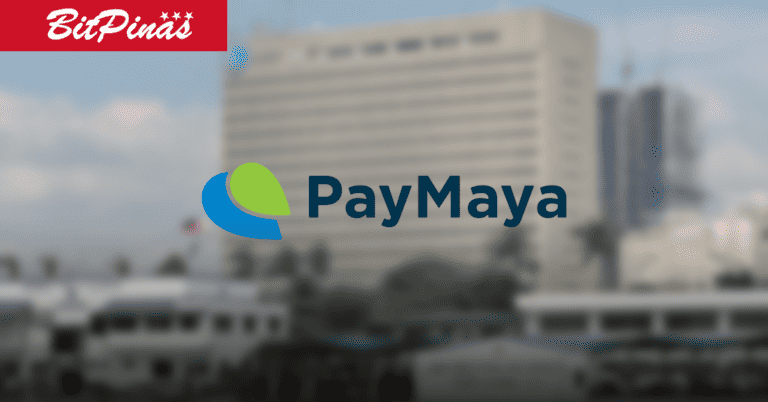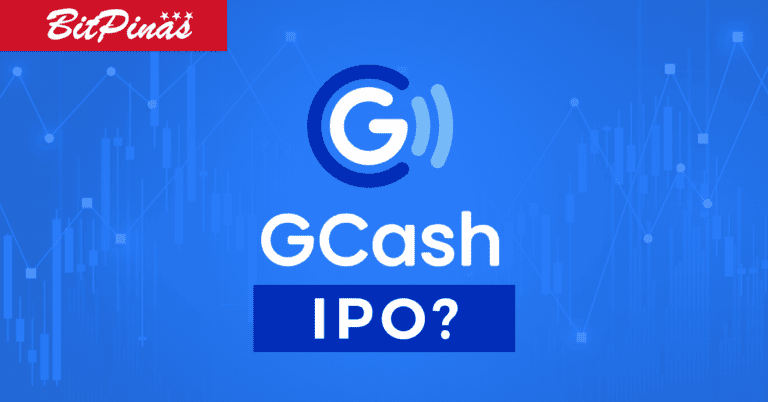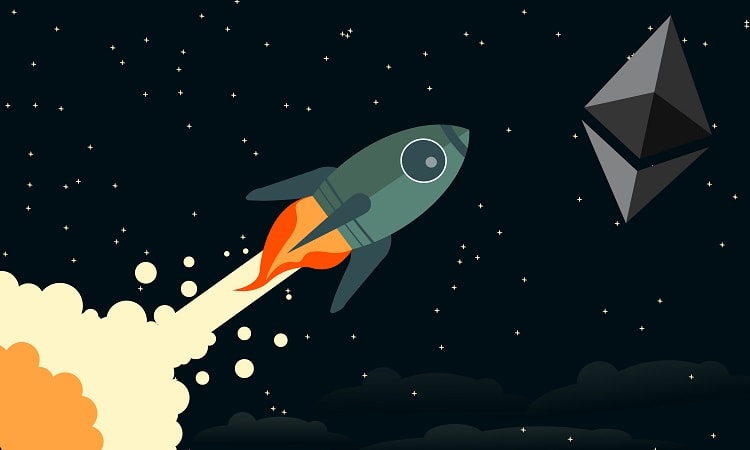Decentralized Applications 101 | Dapps Guide
Dapps are basically applications that run on a peer-to-peer network of computer devices as opposed to a central server.
April 29, 2019 – Most of us have applications on our computers and mobile phones, e.g. Facebook and Twitter. These apps are stored on central servers with all the user data fully owned by some corporation. This poses privacy and security risks to the users.
To overcome this, Decentralized Applications (DApps) came to existence. They are basically applications that run on a peer-to-peer network of computer devices as opposed to a central server.
Unlike the apps we are used to, DApps empower its users more as opposed to its creators. There is no central authority to oversee the network and impose rules. That means users would fully own their data and can do with it as they please without the fear of being shut down or censored, which is becoming a big problem. Furthermore, users would be able to fully interact with DApps with full transparency and immutability, since they are generally built on top of blockchains or other DLTs.
The most promising DApp platform to date is Ethereum, and according to its whitepaper, there are three types of applications that can be built on top of it:
Financial Applications
Financial applications allow users to settle contracts with other users through the distributed network using their money. This could be sub-currencies, financial derivatives, savings wallets etc.
Semi-financial applications
This type of application takes it a bit further by blending money with information outside the blockchain. For instance, a crop insurance application that relies on real-time weather information updated regularly. This is done through the use of oracles, users who are tasked to relay information from the outside world; weather forecasts in this case but could be anything.
Others
Lastly, there are numerous applications that have nothing to do with money such as online voting and decentralized governance.
If Bitcoin was meant to disrupt financial institutions, DAOs are meant to disrupt centralized companies and organizations.
DAO stands for Decentralized Autonomous Organization. It works this way: multiple parties start a leaderless company, program rules on how members can vote on decisions as well as how to release assets, and then let it take off.
Notable DApps
At this point, there are several thousands of DApps and more are being developed every day. One of which is MakerDAO, which is probably the most trustless stablecoin platform today. It has two currencies: the stablecoin DAI and the governance token MKR.
Other DApps include Cryptokitties, Crypto Punks, Blockchain Cuties, and many other blockchain games. Cryptokitties is a collectibles game focused on breeding and trading various types of virtual cats. Some of these virtual cats are worth more than hundreds of thousands of dollars each.
This article originally appeared on BitPinas: Decentralized Applications 101 | Dapps Guide





